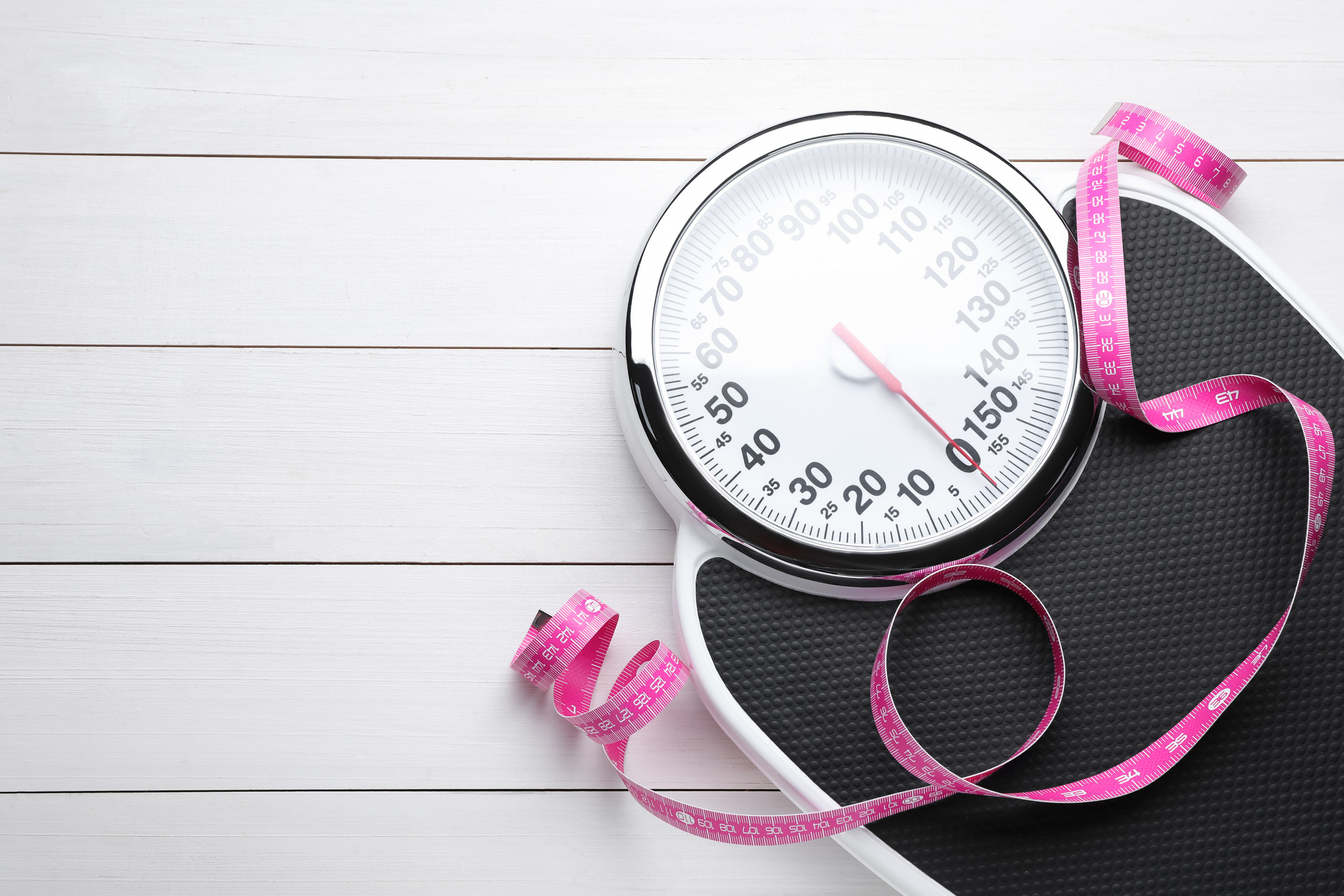If you want to lose weight, you’re probably wondering which type of exercise will help you make the most progress: cardio or strength training? There are a few factors to consider when deciding which of the two training methods you should prioritize.
But before you can weight hose factors, it’s important to first break down your goals and what they mean for your body composition and weight.
The Difference Between Weight Loss and Fat Loss
While both cardiovascular exercise and strength training are effective for weight loss, cardio often has a greater impact on the scale. But this can be misleading: Weightlifting builds more muscle, which weighs more than fat by volume.
So if you dedicate yourself to strength training for a period of time, you may find that even though you have less fat and more muscle (which contributes to a fitter physique), your weight stays roughly the same.
You should also know that muscle mass percentage declines with age starting as early as age 30, which is one of the top reasons why peoples’ metabolisms slow and weights increase over the years.
By building and maintaining muscle mass, strength training can help you slow that decline and keep your waistline trim. In one landmark Harvard study of more than 10,000 men, those who performed 20 minutes of strength training per day gained less visceral (deep abdominal) fat over the course of 12 years compared to those who spent the same amount of time performing cardio.
Cardio vs Strength Training: Which Burns More Calories?
How many calories you burn during a given workout depends on a number of factors:
- your body mass
- the duration of your workout and its work-to-rest ratio (i.e., how long you’re moving),
- your fitness level
- your effort level
To quantify how hard you’re working during exercise, scientists use a system of “metabolic equivalents” or METS.
Advantages of cardio for burning calories
On the METS scale, a low-intensity bike ride is a 6, running a 12-minute mile is an 8, and strength training is generally a 6. Thus, cardio shines for its ability to burn more calories during a workout than strength training does.
In the case of low-intensity steady-state (LISS) cardio, a greater percentage of those calories will come from fat. The reason is that at lower exercise intensities (60 to 70 percent of your maximum heart rate), the body preferentially uses aerobic metabolism, which breaks down fat for energy.
Put that way, it’s clear that, per minute, cardiovascular exercise burns more calories than strength training while you’re doing it. However, the number of calories you burn while working out is just a percentage of your total burn from working out.
When recovering from strength training and other types of high-intensity exercise, your body can remain in a calorie-burning state long after you finish exercising.
Advantages of strength training for burning calories
Exercising at higher intensities for shorter durations (think: high-intensity interval training, or HIIT) can burn more calories, thanks to what scientists refer to as excess post-exercise oxygen consumption, or EPOC. Also known more simply as the “afterburn effect,” EPOC comprises all of the extra calories your body burns as it recovers from exercise.
Simply put, it takes much longer to recover from high-intensity efforts than it does from low-intensity ones, and that recovery requires energy, which is why a 20-minute HIIT workout can ultimately burn more total calories than an hour-long run.
Moreover, muscle is one of the most important factors that impacts your basal metabolic rate (the calories you burn to maintain basic bodily functions) and overall metabolic rate (the calories you burn in a day from all activities, including exercise). In essence, the more muscle you have, the more calories you burn on average to maintain that muscle.
How to Combine Cardio and Strength Training for Weight Loss
In the end, the best workouts for weight loss tend to be based in lifting and high-intensity cardio. However, you can still perform low-intensity cardio as part of your weight-loss plan. The more you move overall, the more fat you’ll lose (as long as your diet is also dialed in). It’s that simple.
What’s more, low-intensity steady-state cardio (a.k.a. zone 2) can help your body recover between intense strength training sessions, which can help improve your performance during them and (you guessed it) burn more fat as a result.
Finally, it’s important to remember that exercise adherence and consistency trumps every other workout variable when it comes to weight loss. So prioritize forms of exercise that you enjoy and will do consistently — regardless of if it’s cardio, weightlifting, or something else entirely — and you’ll increase your chances of achieving your goal weight.




